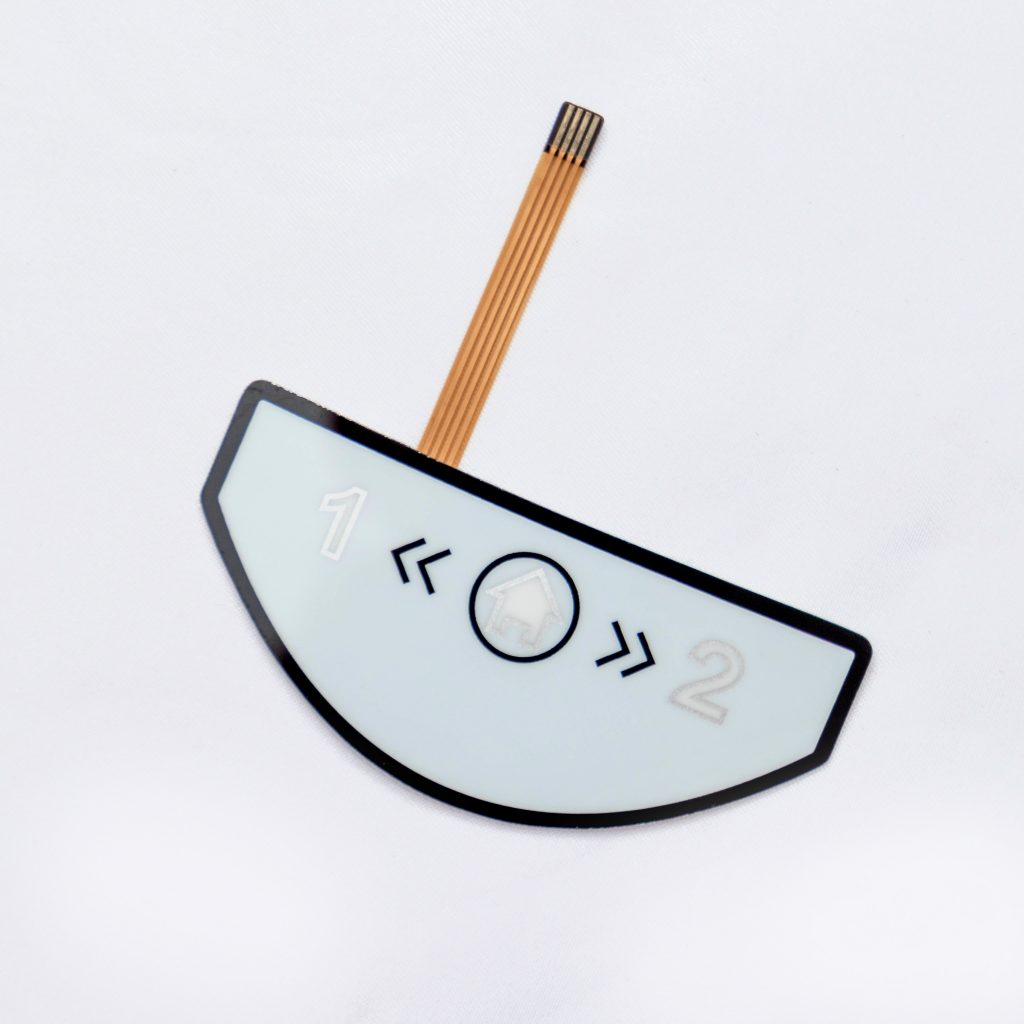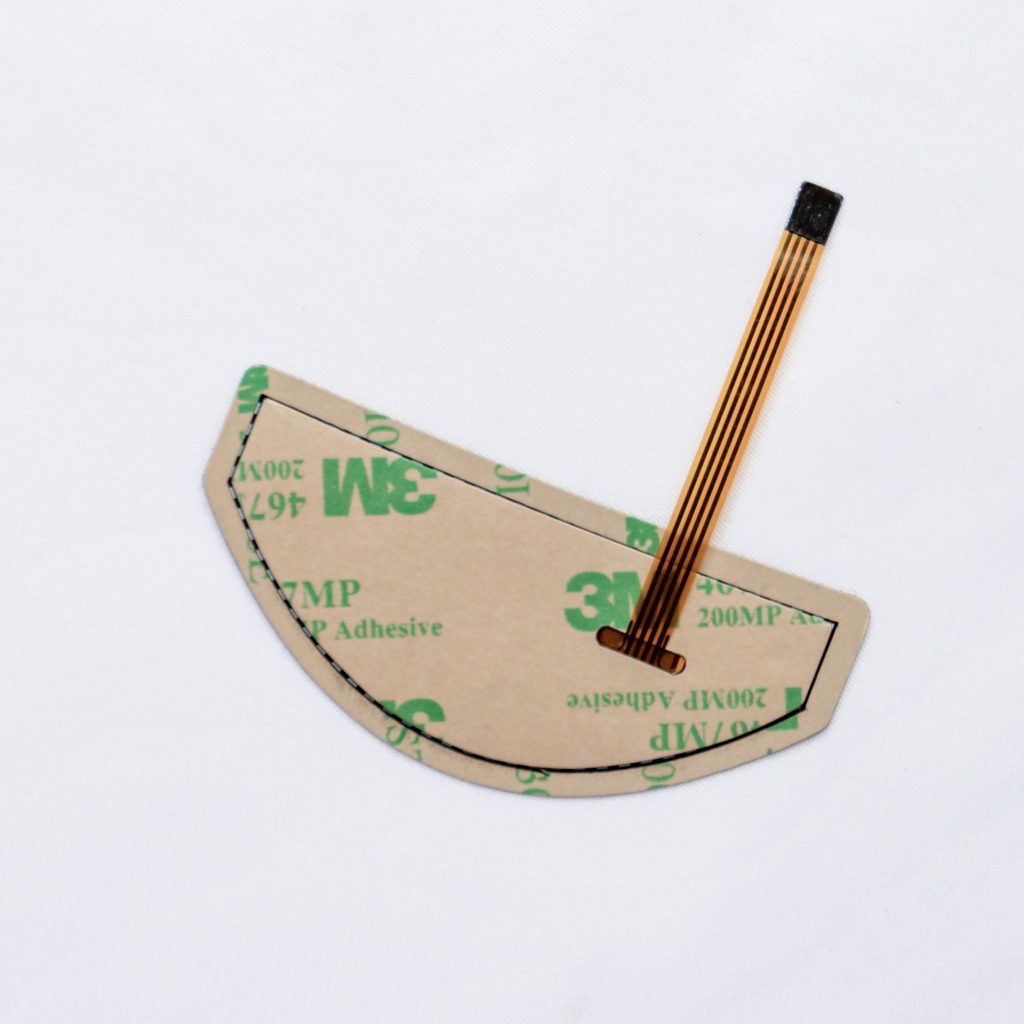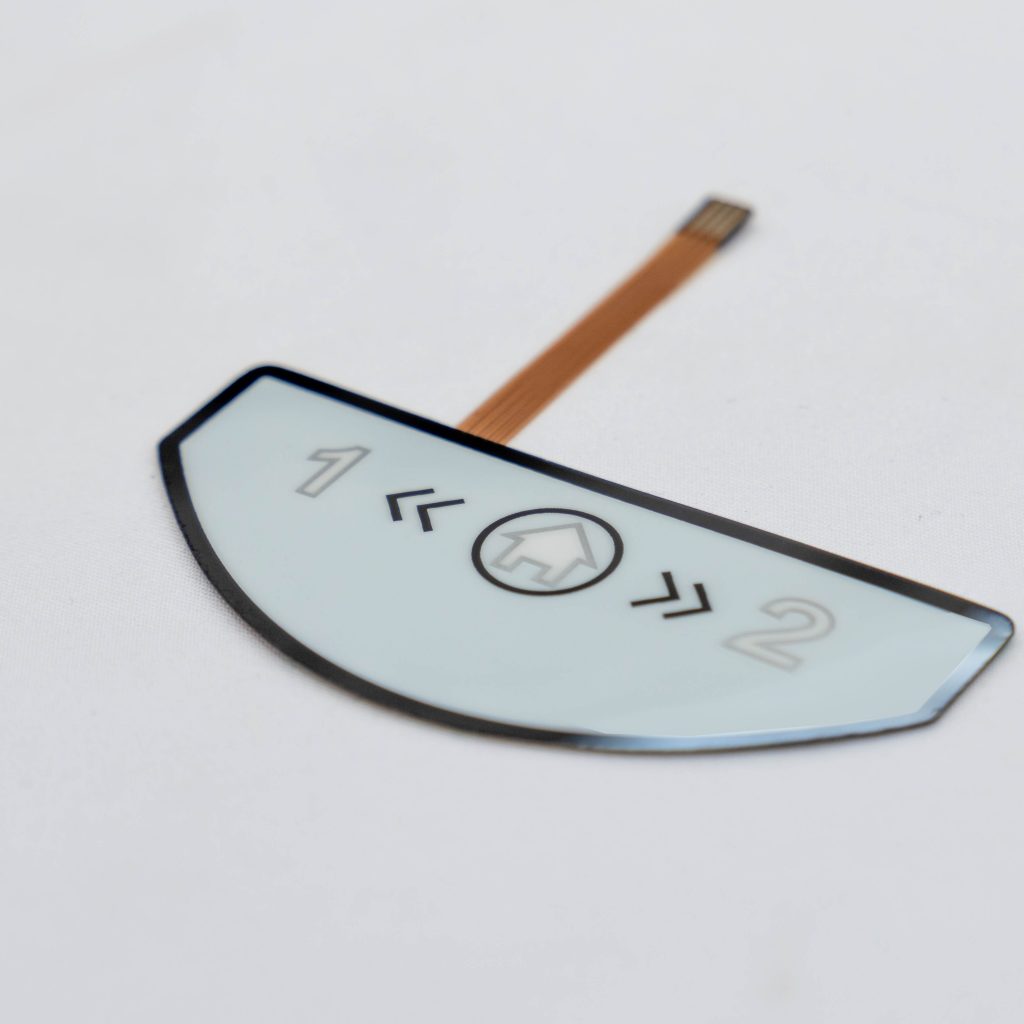Contact
Write to Us And We Would Be Happy to Advise You.
Do you have any questions, or would you like to speak directly with a representative?
By hqt
User interfaces have been at the forefront of modern technological advancements. As a result, various types of interfaces have been developed to ensure that users can interact with machines seamlessly. One of the interfaces that have been developed is the capacitive touch interface.
Capacitive touch interfaces utilize the principles of capacitance to detect the presence or absence of a conductive object such as a finger. The user interacts with the interface by touching or swiping on the surface of the interface. The touch interface is not only easy to use but is also responsive and durable.



Capacitive touch interfaces rely on the ability of capacitors to store electrical charges. A capacitor is made up of two conductive plates separated by an insulator. When a conductive object such as a finger touches the surface of the interface, it causes a change in the electrostatic field of the capacitor. The change in the electrostatic field is detected by sensors that are embedded in the interface. The sensors then send signals to a controller that processes the information and translates it into a command that the machine can understand.
Capacitive touch interfaces have several advantages over other types of interfaces. Some of the benefits of capacitive touch interfaces include:
Capacitive touch interfaces are used in a wide range of applications. Some of the common applications of capacitive touch interfaces include:
Capacitive touch interfaces are a crucial component of modern user interfaces. They offer several advantages over other types of interfaces and are widely used in various applications. At Quad Industries, we are committed to providing high-quality capacitive touch interfaces that are responsive, durable, and easy to use. Contact us today to learn more about our products and services.
Do you have any questions, or would you like to speak directly with a representative?